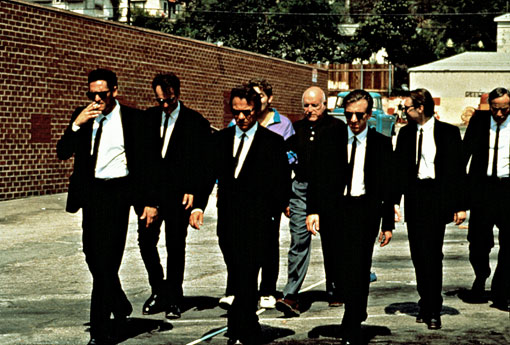Which is more creative: a team of strangers or a team of old friends?
.
The perfect mix lies in between the two, and can be measured scientifically.
Via Imagine: How Creativity Works:
In essence, the amount of Q reflects the “social intimacy” of people working on the play, with higher levels of Q signaling a greater degree of closeness. For instance, if a musical was being developed by a team of artists who had worked together several times before— this is common practice on Broadway, since producers see “incumbent teams” as less risky— that musical would have an extremely high Q. In contrast, a musical created by a team of strangers would have a low Q.
This metric allowed Uzzi to explore the correlation between levels of Q and the success of the musical. “Frankly, I was surprised by how big the effect was,” Uzzi says. “I expected Q to matter, but I had no idea it would matter this much.” According to the data, the relationships between collaborators was one of the most important variables on Broadway. The numbers tell the story: When the Q was low, or less than 1.7, the musicals were much more likely to fail. Because the artists didn’t know one another, they struggled to work together and exchange ideas. “This wasn’t so surprising,” Uzzi says. “After all, you can’t just put a group of people who have never met before in a room and expect them to make something great. It takes time to develop a successful collaboration.” However, when the Q was too high (above 3.2) the work also suffered. The artists were so close that they all thought in similar ways, which crushed theatrical innovation.
Uzzi’s data clearly demonstrates that the best Broadway shows were produced with intermediate levels of social intimacy. A musical produced at the ideal level of Q (2.6) was two and a half times more likely to be a commercial success than a musical produced with a low Q (< 1.4) or a high Q (> 3.2). It was also three times more likely to be lauded by the critics. This led Uzzi to argue that creative collaborations have a sweet spot: “The best Broadway teams, by far, were those with a mix of relationships,” Uzzi says. “These teams had some old friends, but they also had newbies. This mixture meant that the artists could interact efficiently— they had a familiar structure to fall back on— but they also managed to incorporate some new ideas. They were comfortable with each other, but they weren’t too comfortable.”
Join over 195,000 readers. Get a free weekly update via email here.
Related posts:
How To Stop Being Lazy And Get More Done – 5 Expert Tips
How To Get People To Like You: 7 Ways From An FBI Behavior Expert
New Harvard Research Reveals A Fun Way To Be More Successful




